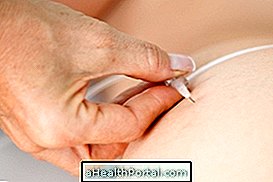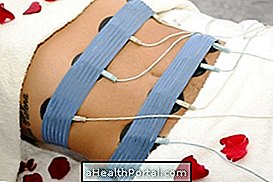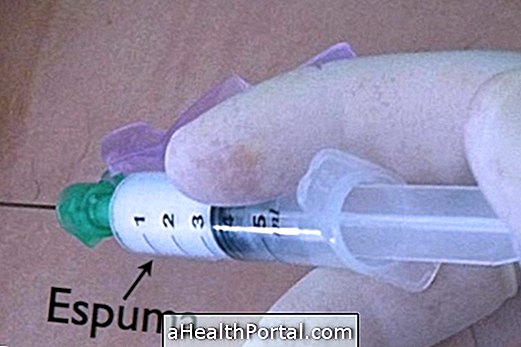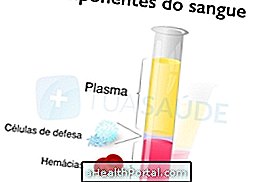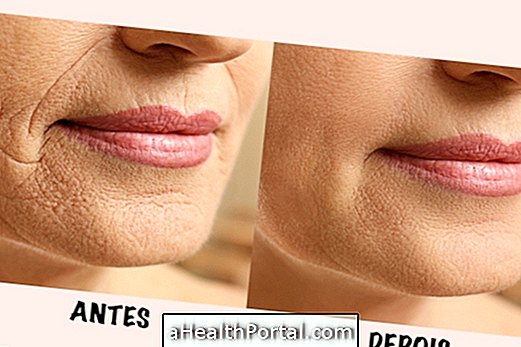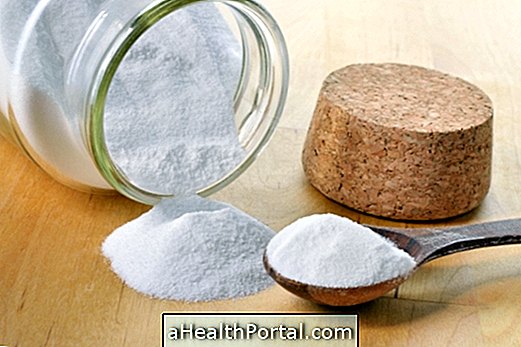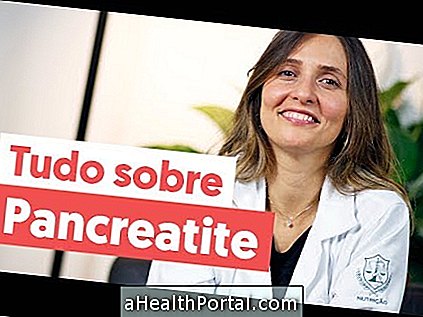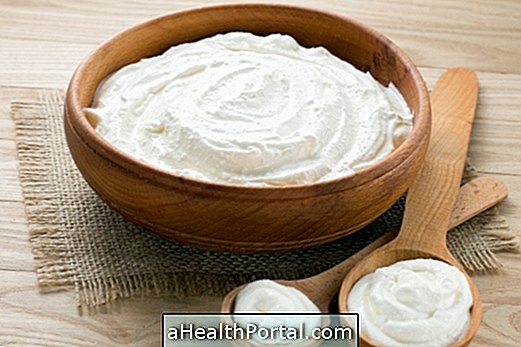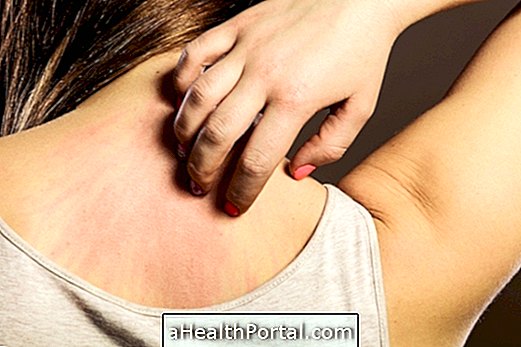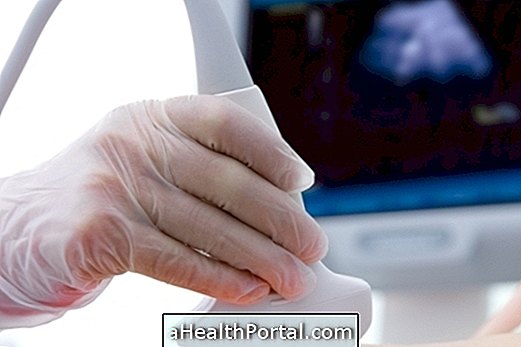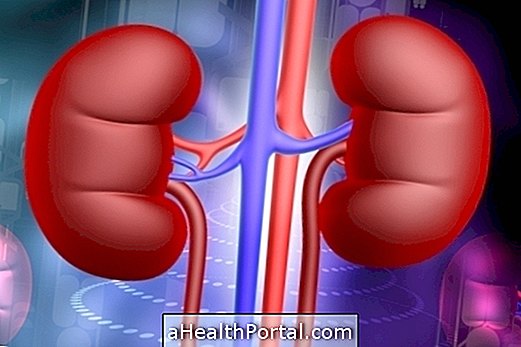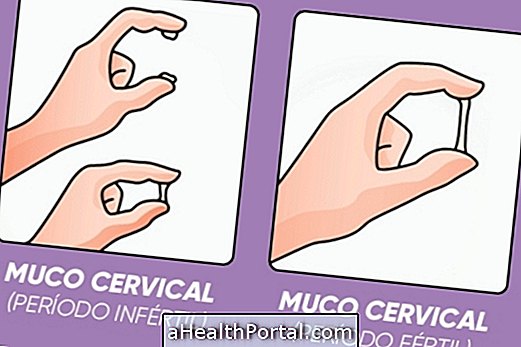Bioplasty is an aesthetic treatment where the dermatologist, or plastic surgeon, injects a substance called PMMA through the skin through a syringe into a skin fill. In this way bioplasty is also known as filling with PMMA.
This technique can be done on any region of the body, but is especially suited for small areas such as the face, where it can be used to increase the volume of the lips, smooth the chin, the nose or eliminate marks of age.
This aesthetic treatment is usually safe when done by a qualified professional and in a small body area to avoid using a large amount of PMMA.
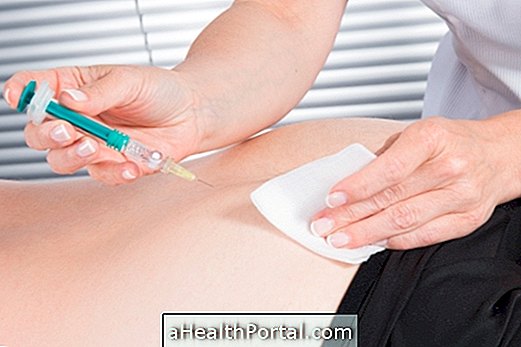
How is bioplasty done?
The bioplasty is done with local anesthesia, and consists of the application of a PMMA content injection which is polymethylmethacrylate, an Anvisa approved material, which is compatible with the human organism. The implanted product helps increase the volume of the region and support the skin not being reabsorbed by the body and therefore has long lasting results.
However the Federal Medical Council warns that this substance should only be used in small doses and the patient needs to be aware of the risks that runs before opting for the procedure.
In what parts of the body can be made
Filling with PMMA can be used to correct grooves and scars after surgeries or in the aging phase, to return contours or volume lost with age. Some of the areas where bioplasty may be used include:
- Cheeks : it allows to correct imperfections of the skin and to return volume to this region of the face;
- Nose : allows to sharpen and raise the tip of the nose, as well as lower the base of the nose;
- Chin : helps to better delineate the chin, reduce imperfections and correct some type of asymmetry;
- Lips : leads to increase in the volume of the lips and allows to define their limits;
- Buttocks : allows to raise the butt and give more volume, however, as it is a large area, has a greater chance of complications, by the use of a high amount of PMMA;
- Hands : Gives elasticity to the skin and helps disguise the wrinkles that arise naturally with the skin.
Biotherapy is also sometimes used in people with the HIV virus because they may be deformed in the body and face due to disease and medication used, and may also be useful for improving the appearance of people with Romberg syndrome, characterized by absence of tissues and facial atrophy, for example.
Main benefits of the technique
The benefits of filling with PMMA include the best satisfaction with the body, being a more economical procedure than other plastic surgeries and that can be done in a doctor's office, quickly. When the natural forms of the body, the place of application and the quantity are respected, this can be considered a good aesthetic treatment to increase self-esteem.
Possible health risks
Filling with PMMA has many health risks, especially when it is applied in large quantities or when it is applied directly to the muscle. The main risks are:
- Swelling and pain at the application site;
- Injection site infections;
- Death of the tissues where it is applied.
In addition, when poorly applied, bioplasty can cause deformation in body shape, worsening self-esteem.
Because of all these possible complications, PMMA filling should only be used to treat small areas and after talking to the doctor about all the risks.
If the person has redness, swelling or changes in sensitivity at the place where the substance was applied, the person should go to the emergency room as soon as possible. The complications of injecting PMMA into the body may arise 24 hours after its application or years after its application in the body.

